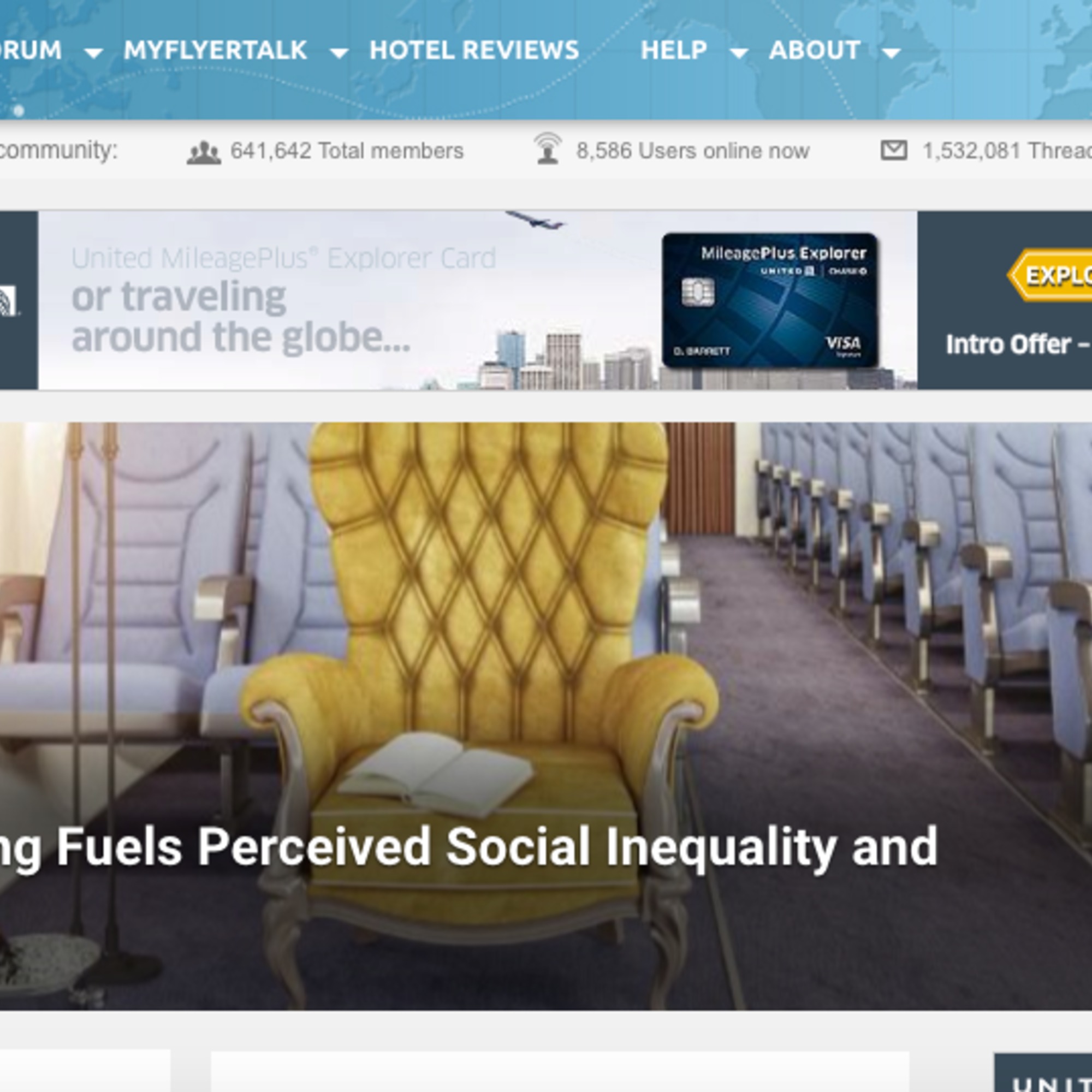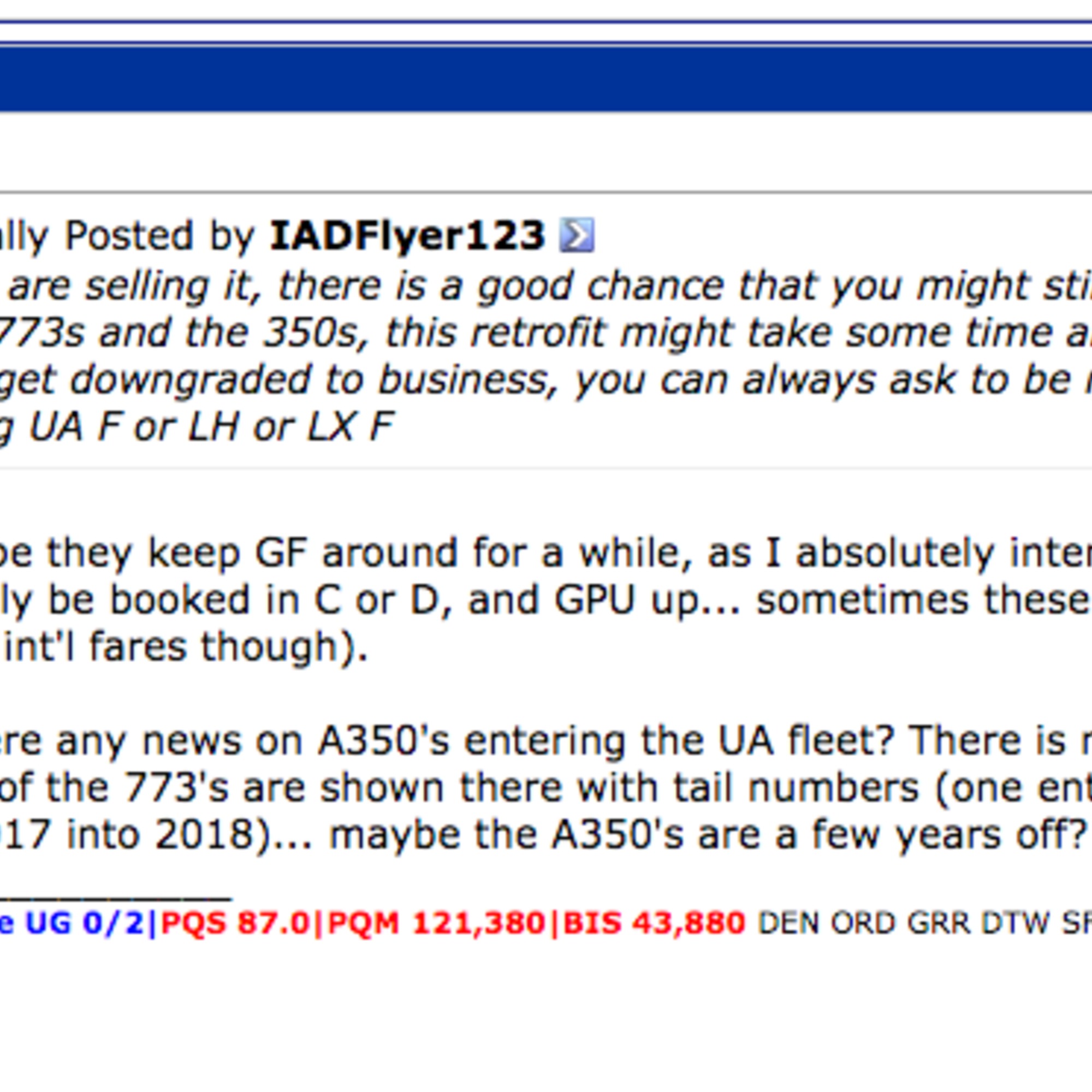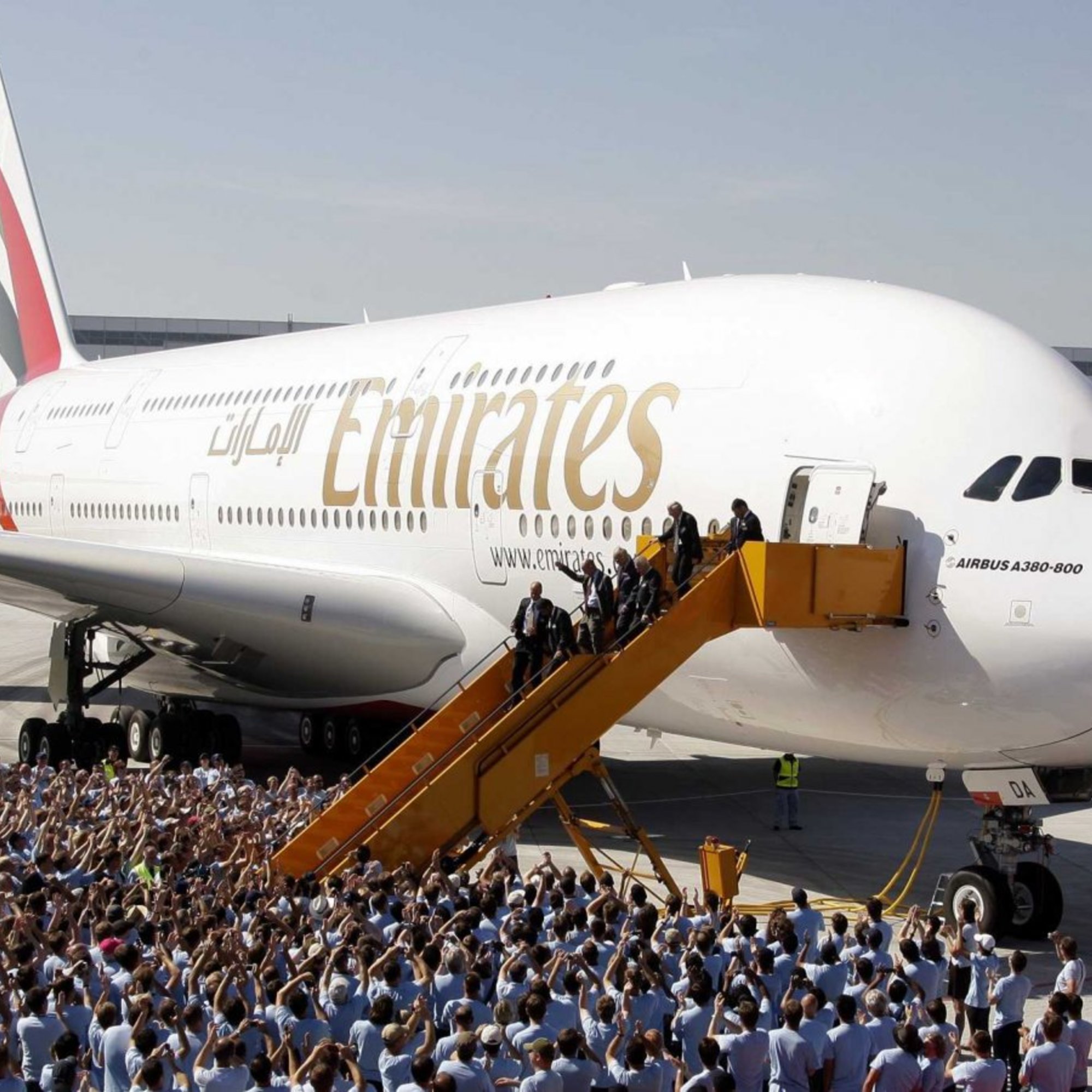FlyerTalk: A Community Imagined, A Culture Made Real
At our core, we humans are social animals. At the most basic level, this means that we rely on others to live. While we might like to mythologize tales like that of Robinson Crusoe, the protagonist of an 18th-century novel who made a life by himself after being shipwrecked onto a deserted island, the reality is that nature—or the Divine hand, whichever one presumes—created humans to live in groups. However, the statement that humans are “social” goes far beyond this. Not only do we need others to survive, but we actively desire the company of others in ways that do not seem directly linked to our survival. More than a need to be cared for, we possess a desire to be cared for, to both be and to feel connected to others in a mutually fulfilling network. In sum, we desire community.
But what control do we have over our presence in a community, and where can we find community? This essay will explore this topic, developing Benedict Anderson’s concept of an “imagined community” to argue that the set of individuals who post online to FlyerTalk.com not only meet, but transcend, the criteria of an imagined community to constitute what is in this day and age a real community. This essay will also link its discussion of imagined communities to the reading of culture, which has hitherto been largely separate in the academic literature and in discussions. Using the same case study, this essay will contend that the development of an imagined community can lead to the creation of a culture, marked by its own lieux de memoire, or memory sites.
According to Benedict Anderson in what is perhaps his best known work, Imagined Communities, a community involves individuals whose daily lives and routines are intertwined. He then draws a distinction between physical communities, with “solidarities” that are “the products of kinship, clientship, and personal loyalties,” and imagined communities, comprised of individuals who do not know each other but learn of each other through “print-language” and who experience “solidarities in an essentially imagined basis” (74). In discussing the impact of print on the development of these imagined communities, Anderson notes, “A factory-owner in Lille was connected to a factory-owner in Lyon only by reverberation. They had no necessary reason to know of one another’s existence; they did not typically marry each other’s daughters or inherit each other’s property. But they did come to visualize in a general way the existence of thousands and thousands like themselves through print-language” (74). Naturally, as print and literacy proliferated, so too did the presence of imagined communities.
Given this definition, the group of people who read and post on FlyerTalk.com constitutes an imagined community. In addition to being updated nearly continuously with news articles and interest stories about the aviation industry, FlyerTalk is an online forum, where members can post and discuss anything they would like about the aviation industry. Discussion threads frequently turn to members’ inflight or customer service experiences, changes or terms of frequent flyer programs, or details about aircraft, to name a few topics in general terms. The forum is broken into sub-forums for each major airline.
Providing further corroboration for the classification of FlyerTalkers, as they call themselves, as an imagined community is their use of a common vernacular. Though Anderson does not explicitly link vernacular to his discussion of imagined communities, he does mention vernacular as a development that occurred at the same time as the emergence of imagined communities, as a result largely of the same forces. Indeed, Anderson states, “The general growth in literacy, commerce, industry, communications and state machineries that marked the nineteenth century created powerful new impulses for vernacular linguistic unification within each dynastic realm” (75). Following this logic, we can expand Anderson’s theory to postulate that the usage of a common vernacular both helps an imagined community to emerge and helps to consolidate that community afterwards.
In this case, based on my reading of the forum, FlyerTalk members arguably do share a common vernacular, in the form of the shorthand and the terms they employ that only aviation enthusiasts—or those who work in the industry—would know. For instance, rather than writing out First Class, Business Class, and Economy Class, referring to the classes of service typically offered by airlines on international routes, FlyerTalkers will denote the classes as F, J, and Y, respectively. Similarly, rather than writing out the full name of an airline, they will use the two-letter code for that airline as designated by the International Air Transport Association (IATA). For instance, instead of ANA, Lufthansa, and China Airlines, FlyerTalkers will often write NH, LH, and CI, respectively. FlyerTalkers casually include terms such as 1-2-1, reverse herringbone, and lie-flat to refer to characteristics of some airlines’ Business Class layouts. Additionally, it is extraordinarily common for FlyerTalkers to employ synecdoche in referring to a city by the name of its airport, or to be exact, its 3-letter airport code. For example, a FlyerTalker rarely writes, “I went to Bangalore yesterday.” Instead, it would be, “I went to BLR yesterday.” To a non-FlyerTalker or to a newly minted one who has yet to fully absorb the forum’s knowledge and norms, reading the forums is akin to being plopped in the center of a labyrinth.
That process of someone transforming from a confused wayfinder in a labyrinth to an effortless FlyerTalk navigator is not only the absorption of that individual into the imagined community of FlyerTalkers, but also the acculturation of that individual. Though the literature on imagined communities is typically distinct from that on reading text as a process of sociocultural discovery, I submit the case here that the two are interrelated. Not only has FlyerTalk breeded a community, but it has given rise to culture. Of course, the presence of culture is difficult to discern, and even harder to establish definitively. However, one might infer the presence of culture from the presence of lieux de memoire, or memory sites. According to Pierre Nora in his article “Between History and Memory,” lieux de memoire are where “memory crystallizes and secretes itself at a particular historical moment, a turning point where consciousness of a break with the past is bound up with the sense that historical continuity persists” (7). Of course, one lieu de memoire does not act on every individual across the globe. It first requires a shared understanding, history, and assignment of meaning, all of which denote culture.
We can infer these lieux de memoire among FlyerTalkers in the form of new commercial aircraft. While a lieu de memoire is typically a singular object, there is no reason why it cannot instead be a moment in time, or a new capability, of which many objects in the present serve as reminders. Given that, a perusal and analysis of the FlyerTalk forums reveals that several aircraft types serve as lieux de memoire for the simultaneous historical change and continuity they have wrought on the airline industry. Indeed, the Boeing 747 was the first two-level commercial aircraft, earning it the moniker, the “Queen of the Skies.” It brought about a new level of luxury to commercial air travel, as airlines would often use the upper deck for elegant onboard lounges and bars. Similarly, the advent of the Airbus A380, first operated by Singapore Airlines and Emirates, brought forth an even larger double-decker super-jumbo jet, allowing airlines to install onboard double beds and shower suites in their First Class cabins. Posters on FlyerTalk often refer to the pre-A380 days of air travel as a different category altogether, suggesting that this particular aircraft is a lieu de memoire for the FlyerTalk community. Thus, FlyerTalk is not merely a community, but a shared culture.
Given all this, it is clear that the virtual print on the FlyerTalk forum allows its members to learn about the thoughts and lives of others who share a common interest and enjoyment in some aspect of the aviation industry, even without knowing the names or places of residence of their fellows. In that sense, FlyerTalkers are an imagined community; they do not know each other and would not be able to point one another out in a lineup. However, in today’s day and age, when so many of us are reliant on technology for organizing and shaping our lives, one must wonder when “reality” and “virtual reality” become one in the same. A FlyerTalker can write a post asking for advice on the best routing for travel between two cities, and other members can instantaneously see that post. In a matter of a few seconds, they can reply, and the original poster can have an answer. Anderson distinguishes actual communities from those that are imagined by the presence of personal loyalties, kinship, and clientship. At least to the eyes of this reader, what FlyerTalk allows its members to do—and what those members do for one another and for themselves using that technology—demonstrates these very qualities.
What we have seen then, from a reading of the forums of FlyerTalk.com, is that imagination can become reality. And in the case of FlyerTalk, this seems to be so. A community was imagined, that community developed a culture, and the resulting cultural community became not just imagined, but very real.











